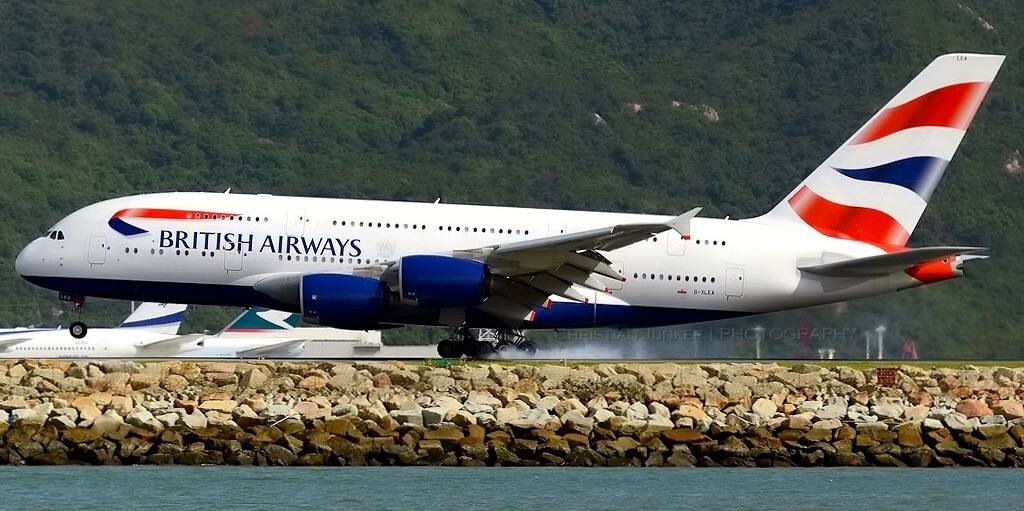Foreigners Show Airport Privatization Works

As the holidays end and people get back to work after a week of travel, homes and offices are filled with chatter about the world’s airports. Some trips went flawlessly; other people’s holidays were ruined by lost bags, long lines, or other forms of airport mismanagement.
How airports are managed is a public choice for governments around the world. They can manage the airports as public bodies, private corporations, or as public-private partnerships (P3s) of various forms.
A report from the Airports Council International puts numbers to the discussion. Since 2010, fully private and public-private partnerships in airport management have dramatically expanded in Europe. Today, four EU countries operate fully private airport systems, and P3 concessions are the norm in many more.
Europeans began to discover the value of privately run airports after watching the success of the privatization of British airports in the 1980s. Since then many EU countries moved away from models of airports as public utilities and toward those that frame airports as infrastructure management companies. Even publicly run airports are run like corporations, with only 22 percent relying on public agency status. A typical European airport today must pay for its operations and investment through revenues with minimal public subsidy.
Most large Australian airports are owned by consortiums of private companies. A study from Monash University’s Peter Forsyth finds that the nation’s light-handed regulation has created a better airport regulatory process. This is evidence that private ownership of airport assets could generate positive feedback loops that efficiently discover beneficial regulations and weed out ones that lack merit.
Canada took a different tack, and transformed most of her airports into nonprofit corporations. This closely follows the model of the nation’s successful corporatization of her air-traffic control system, NavCanada. This looks more like the European P3 model than the Australian privatization, but both create more market incentives than the American model
This phenomenon has been slow to spread to the United States, although airport experts have been advocating for such a change for many years. Almost every US airport is owned by state and local governments. As Robert Poole and Chris Edwards note for Cato, this means bureaucratic management, and that brings with it less entrepreneurial activity and a worse overall passenger experience.
That said, privatization is moving forward with major airports in places like Japan. In Japan, private owners are expanding Osaka’s Kansai airport to double its capacity in coming years while merging its management with nearby Itami airport. Privatization of the nation’s fourth largest airport, Kukuoka, is moving forward with plans for the airport to be privately managed by 2019.
Brazil may have the most ambitious airport privatization plan in progress today. The nation plans to shut down her national airports authority and sell off the agency’s 54 airports. This would mark one of the largest privatizations in the history of aviation and could transform the way Brazilian airports are run. Brazil is bundling airports together as part of the privatization process, to both generate economies of scale and produce cross subsidies to make running smaller airports more lucrative.
Citizens around the world value airports that minimize the many frustrations of traveling. The world has figured out that private and P3 airport ownership makes for more investment, more capacity, and a better flyer experience. It’s time for Americans to listen to our friends abroad and do the same.
